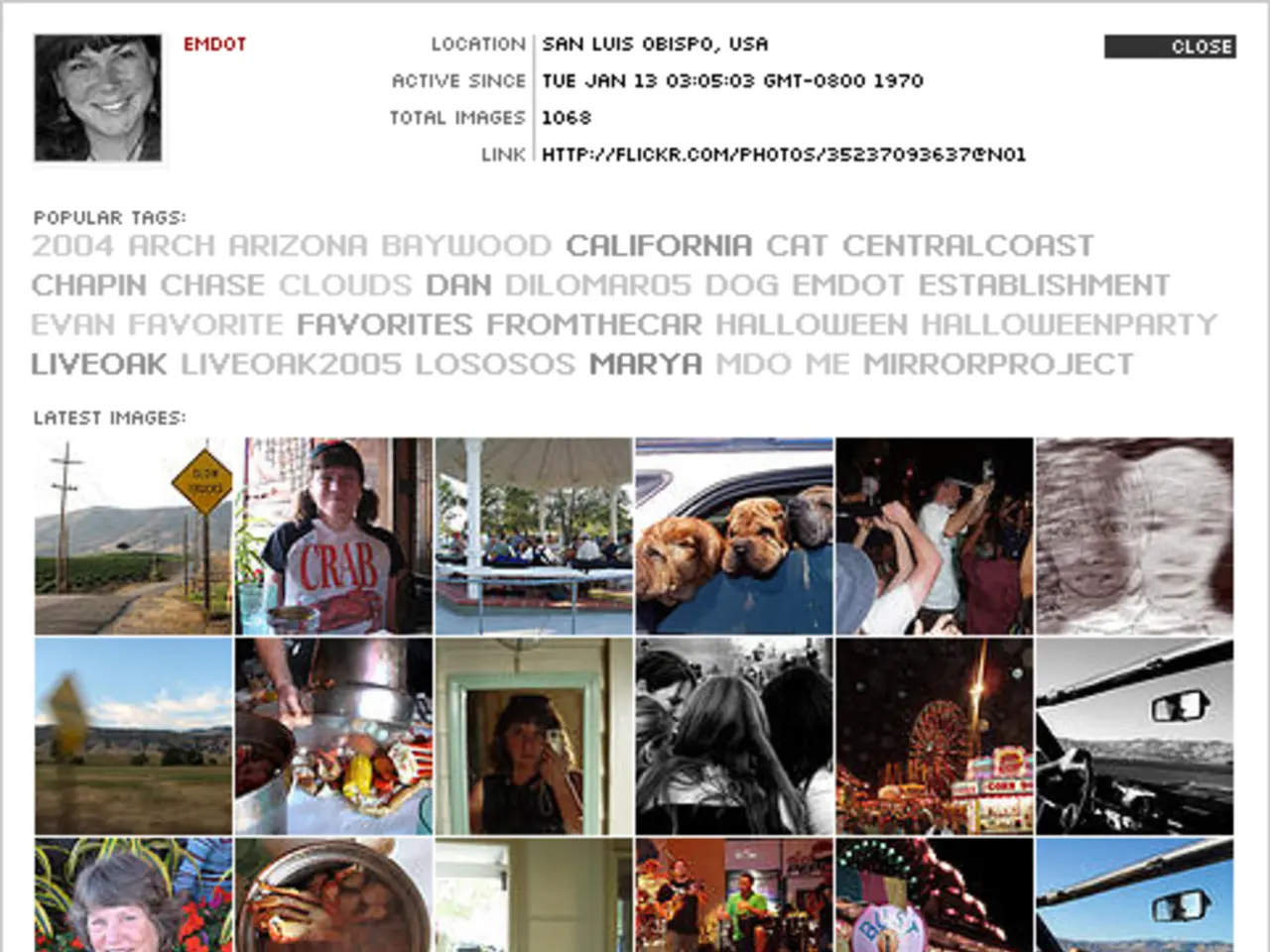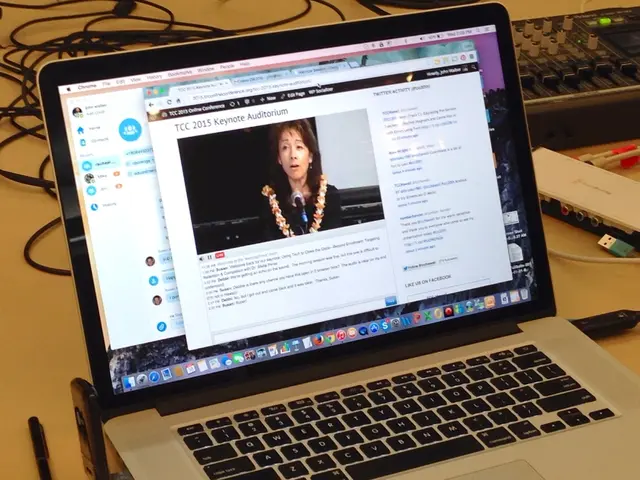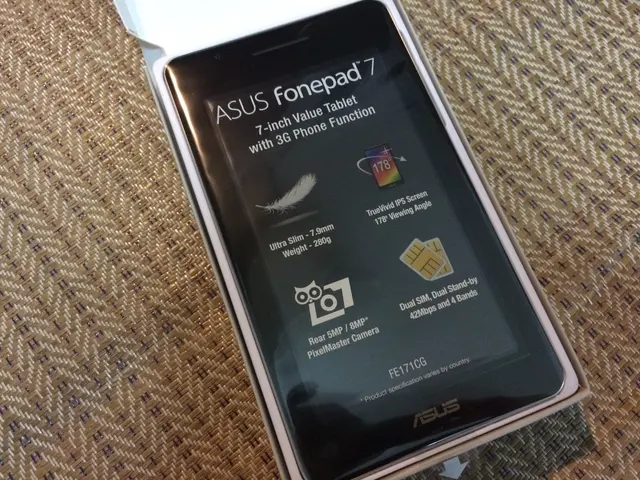Stylized States of CSS Elements
CSS (Cascading Style Sheets) pseudo-classes offer a versatile tool for stylising web elements based on user interaction, their position or structure in the document, and form element states. This article aims to provide a detailed overview of the different types of pseudo-classes, categorised into user interaction, structural targeting, and form elements.
### 1. User Interaction Pseudo-classes These pseudo-classes apply styles when the user interacts with elements:
- `:hover` — styles an element when the user's pointer is over it (e.g., button:hover). - `:focus` — styles an element when it receives focus (e.g., input:focus when clicked or tabbed into). - `:active` — styles an element while it is being activated (e.g., during mouse click). - `:visited` — styles links that the user has visited. - `:link` — styles links that have not been visited yet.
These pseudo-classes help style elements dynamically based on user actions.
### 2. Structural Pseudo-classes These target elements based on their position or relationship within the document tree:
- `:first-child` — selects an element that is the first child of its parent. - `:last-child` — selects an element that is the last child of its parent. - `:nth-child(n)` — selects the nth child of its parent, where `n` can be a number, formula, or keyword. - `:nth-last-child(n)` — selects the nth child from the end. - `:only-child` — selects an element that is the only child of its parent. - `:empty` — selects elements that have no children (including text nodes).
These pseudo-classes are useful for styling elements based on their structural context.
### 3. Form-related Pseudo-classes These target form elements based on their states and validation:
- `:checked` — selects radio buttons or checkboxes that are checked. - `:disabled` — selects form elements that are disabled. - `:enabled` — selects enabled form elements. - `:valid` — selects inputs whose content is valid according to form validation. - `:invalid` — selects inputs whose content is invalid. - `:required` — selects inputs that are required. - `:optional` — selects optional inputs. - `:read-only` — selects inputs that are read-only. - `:read-write` — selects inputs that are editable.
These allow styling form controls depending on user input or form validation results.
---
### Additional Notes on Pseudo-elements (related but distinct) Pseudo-elements (written with double colons, e.g., `::before`, `::after`) select parts of an element rather than the element itself, such as the placeholder text in a form `::placeholder` or content inserted before or after an element.
---
In summary, CSS pseudo-classes provide powerful hooks for styling based on user interaction (like `:hover`, `:focus`), document structure (like `:first-child`, `:nth-child()`), and form element states (like `:checked`, `:disabled`, `:valid`). These categories cover the most common and useful cases for dynamic and contextual styling in CSS.
Technology advancements have made it possible to implement trie data structures in CSS, enhancing the efficiency of pseudo-class selector matching. For instance, a trie can be used to optimize the selection process for pseudo-classes, enabling faster and more precise styling based on an element's position within the document tree.
Furthermore, by leveraging trie technology, developers can create more responsive and interactive user interfaces, taking advantage of CSS pseudo-classes to adapt styles in real-time based on user interactions or structural relationships within the document.




